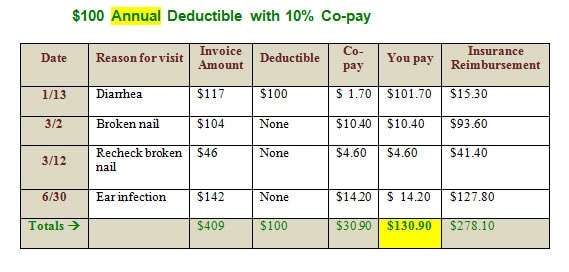

Although you can visit a non-contracted dentist, it’s best to choose a contracted dentist to receive the most savings. The advantage of a co-insurance plan is you will already know insurance will take care of the negotiated fee (the co-insurance percentage). Assuming you have already met your deductible, the plan would then pay 80% of $100, ($80) and you would be responsible for the remaining balance ($20).Ĭontracted dentists have made special agreements with Dental Select to only charge up to a specific dollar amount for services. You check and see that your plan pays 80% for basic services. For example, let’s say your visit is a basic procedure and costs $100. You’ll notice that the percentages will vary by the type of service category, so it’s important to check out your plan summary to see how it will be covered. Percentages can be found on your dental plan summary. Currently, this plan is available in Utah and Texas only.Ī co-insurance dental plan takes a percentage of what your dentist charges, which you will be responsible to pay after meeting your deductible. Other perks include: affordable premiums, no annual maximums and short waiting periods. So the big advantage of a co-pay plan is that you will know what your service will cost you before you even sit in the dentist’s chair. Making sense of health insurance copays and coinsurance is difficult, particularly when you’re not sure what medical bills will end up in the mailbox. A patient will only be responsible for the difference between the contracted amount and the insurance payment. Your contracted dentist has agreed to use your plan’s fee schedule, so there’s no surprises on what you will pay for each service. With this plan, all fees for procedures are listed on a fee schedule. Since we’ve already examined if a discount dental plan is right for you, let’s dive into the specifics of the co-pay and co-insurance plans next.Ī co-pay dental plan means you will have a fixed amount or flat-fee to pay at your dental visit. But what type of plan will you choose? For many individuals, you have the option to decide between a co-pay, co-insurance or discount plan. Now that we’ve covered the basics on how dental insurance works, you’re just about ready to sign up for an individual dental plan.


 0 kommentar(er)
0 kommentar(er)
